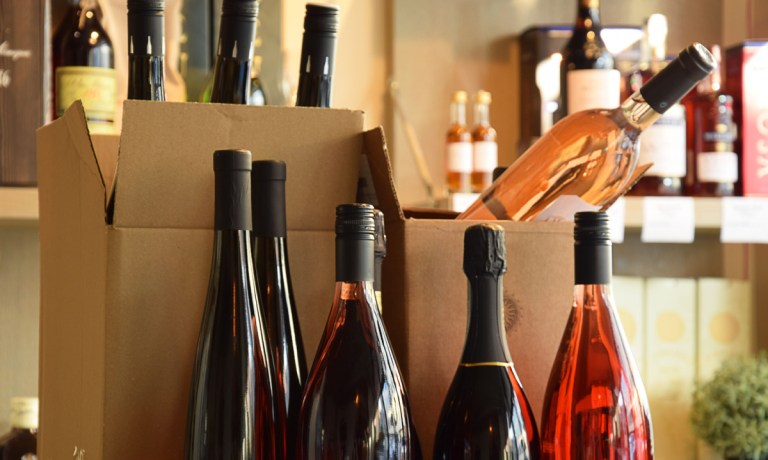
For companies with super app ambitions, consolidation is a key strategy.
Forging a seamless connection of experiences — even if they’re disparate experiences — demands some components be readily in place:
A digital front door. A linking up of back-end systems, a matching of supply and demand, meeting digitally on a platform.
After three years and $1.1 billion, news that Uber would shutter Drizly, its alcohol delivery service which had been operating independently within Uber’s operations, signals a bit of a shift.
As we noted Monday (Jan. 15), the Drizly didn’t hire or contract delivery workers. In addition to its existence as a standalone app, the company also provided back-end technology to help liquor stores provide their own deliveries.
The move away from relying on an aggregator to get bottles and cans and cases to end consumers begs the question as to the actual event: Why Drizly is being shut down and not sold. One clue might rest with data (and, specifically, risk), as a pre-acquisition data breach exposed the personal information of 2.5 million customers of Drizly. The Federal Trade Commission (FTC) subsequently limited the data that could be collected and stored by Drizly.
Broadly speaking, the shift is one where the alcohol-delivery activities are now being brought more firmly in-house, with greater control, jettisoning an operation that also had been providing its technology to other customers (thus, outside of Uber’s purview). Uber’s Security and Exchange Commission (SEC) filings don’t detail Drizly’s contribution to results, so we don’t know how the operation was actually faring.
Uber said it is focusing on leveraging Uber Eats to help consumers get their booze (and groceries and restaurant deliveries) through an aforementioned, single-app point of contact. The Drizly news comes after Uber merged Cornershop, its Chilean grocery delivery app, into Uber Eats at the end of last year.
Uber’s latest quarterly presentation alongside earnings show that the delivery operations have seen consistent (and accelerating) bookings growth, and that adjusted EBITDA (a rough cash flow metric) has grown as a percentage of gross bookings, too, from 2.6% in the most recent third quarter (of 2023) from 1.3% a year ago.
We note, too, that the Uber’s latest earnings results point toward continued cross-selling opportunities and success, which would of course conceivably lead to the appeal of simplifying the alcohol ordering and delivery process.
“We’ve now got 15 million Uber One members,” CEO Dara Khosrowshahi said during the November 2023 conference call with analysts, adding that “members spend four times more than nonmembers.” Retention is 15% higher for members than for nonmembers. Members now generate more than 40% of delivery gross bookings.
Company materials noted Uber expects its combined mobility and delivery gross bookings to see growth of 20% to 23% on a constant-currency basis in the fourth quarter. We’ll know more when the company reports its fourth-quarter performance during the current earnings season.
PYMNTS Intelligence data show that on a global scale, 7 in 10 consumers want to be able to tap into a super app through which they can shop, order food, check their online, social media interactions and even bank … without leaving the confines of the platform or the mobile devices they’ve got in hand. The data also show that about two-thirds of consumers would integrate super apps into their daily lives to make grocery and retail purchases — and 77 % of respondents to our queries said they’d be “very interested” in using super apps to get their grocery shopping done and delivered. That all-encompassing category would, of course, include alcohol.